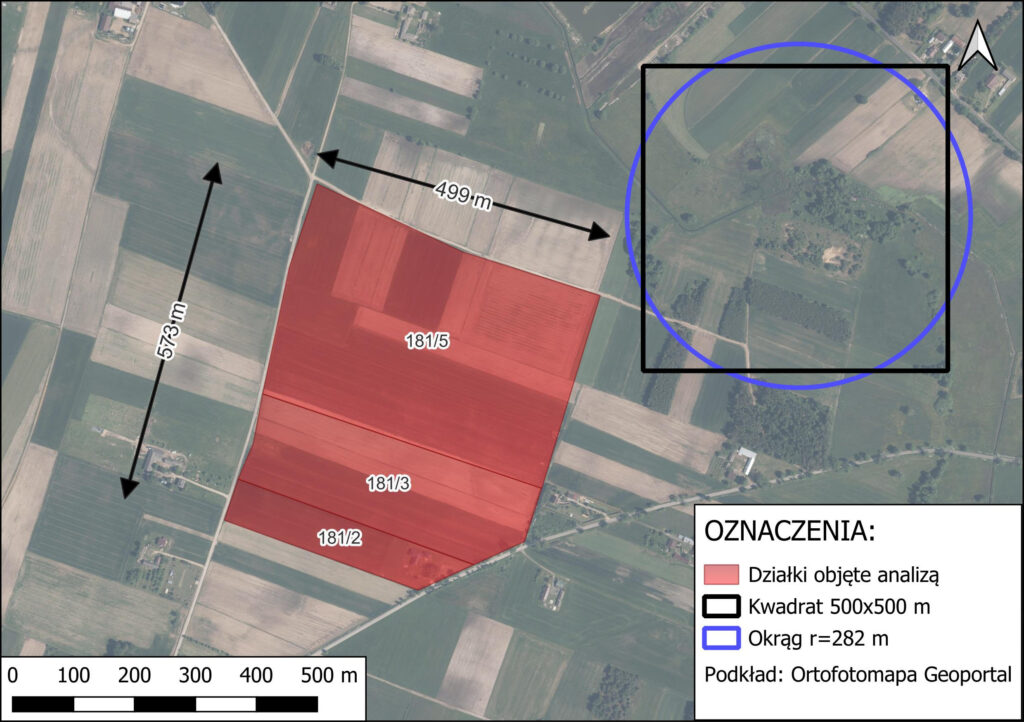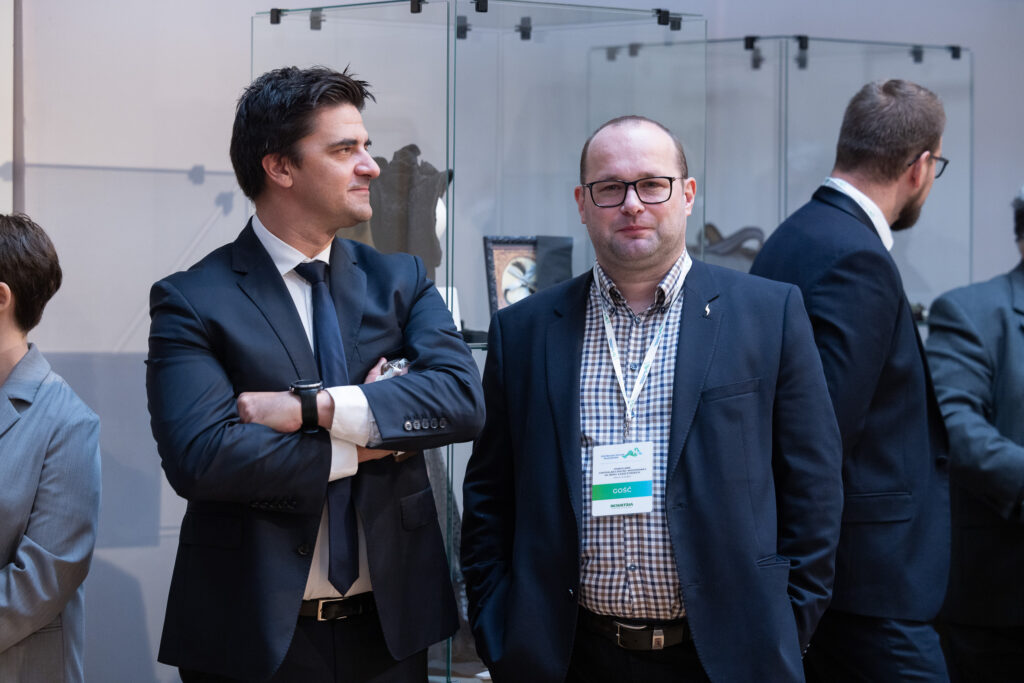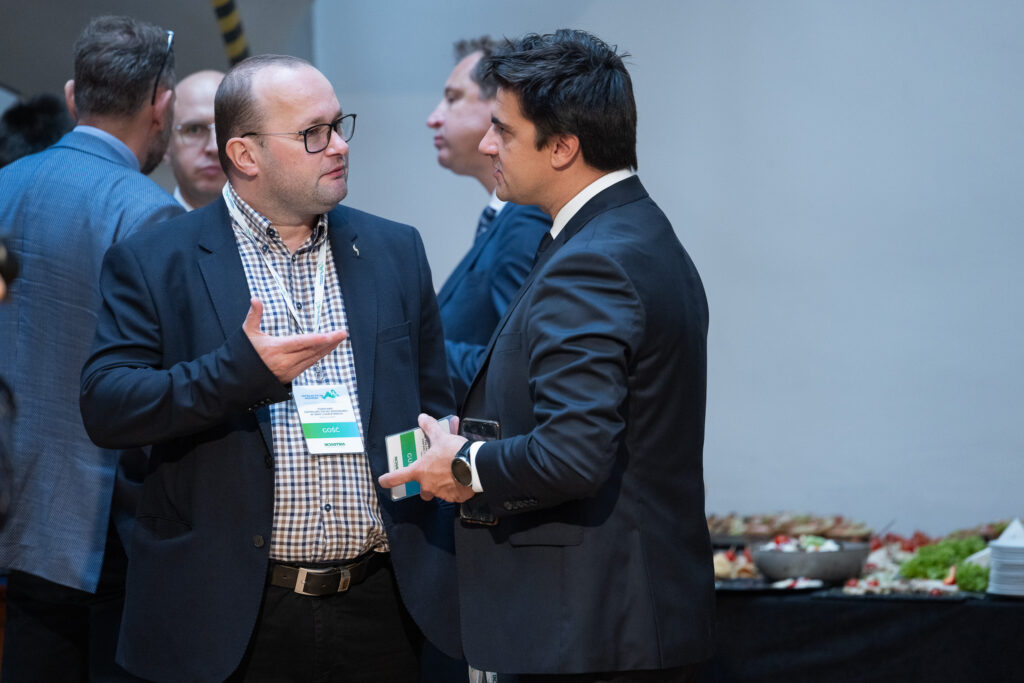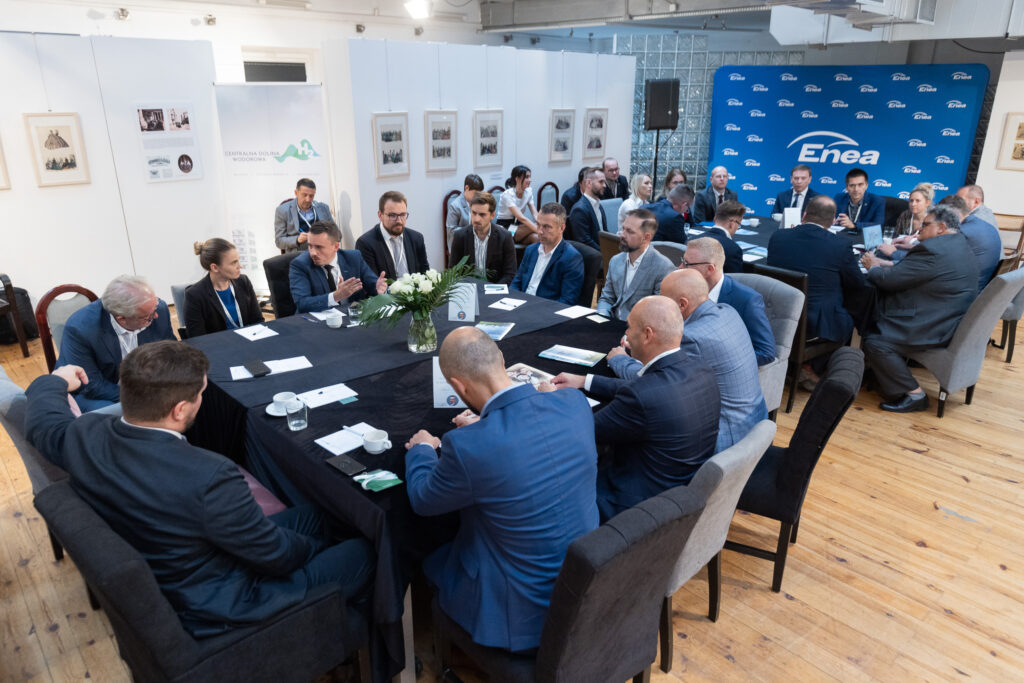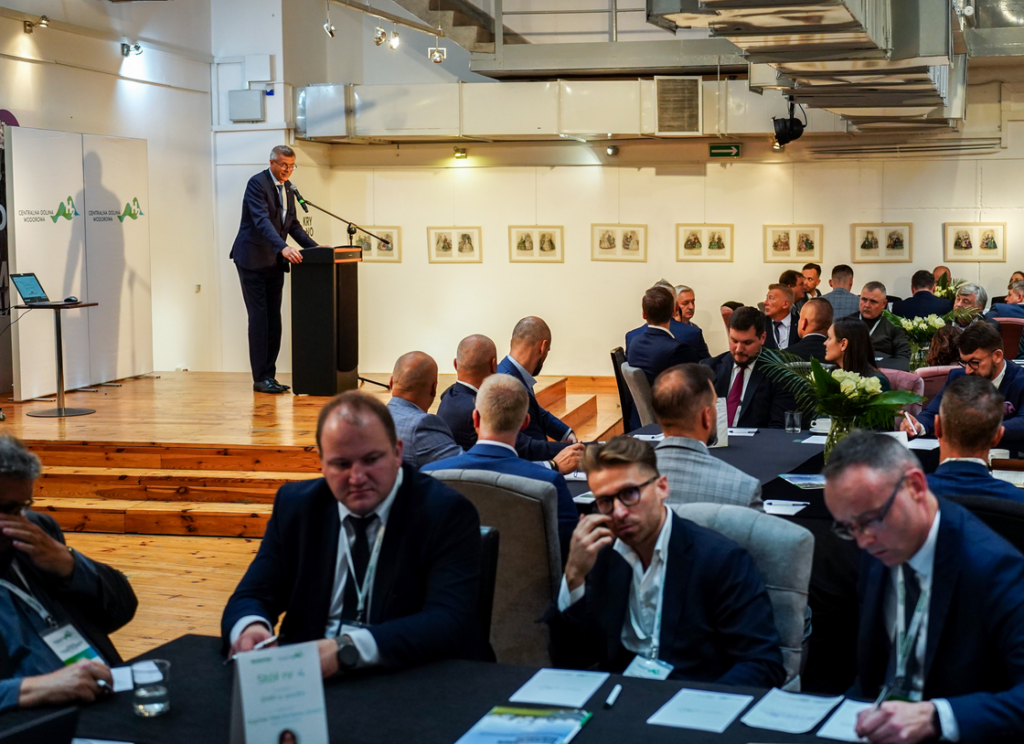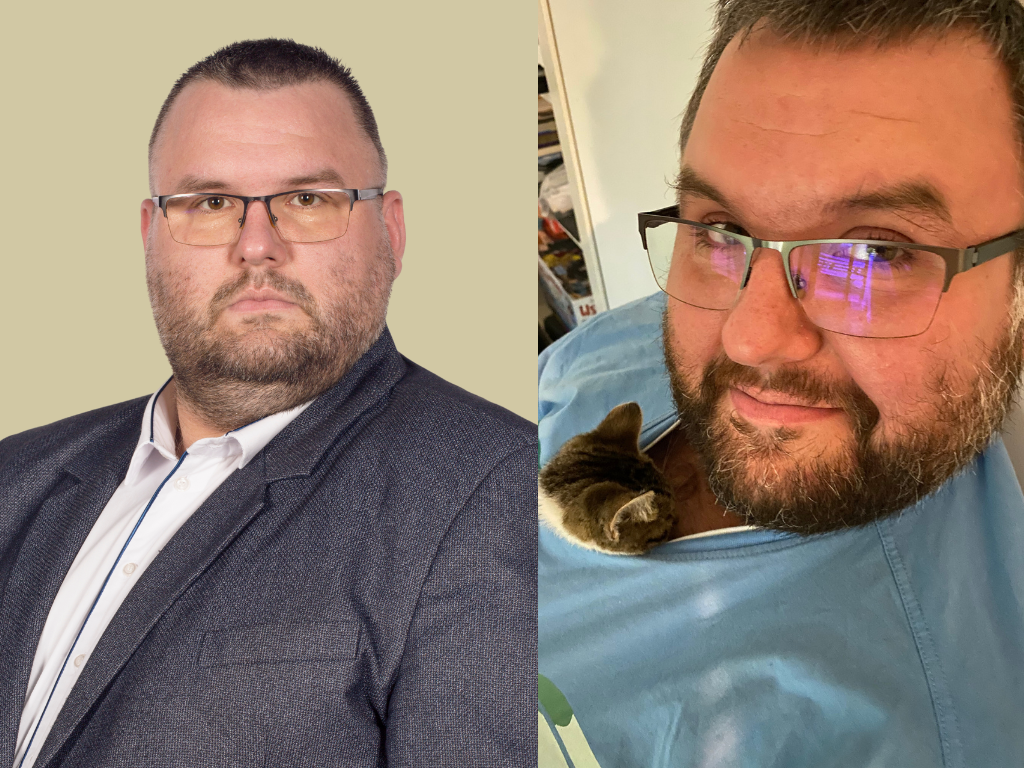
We are happy to announce that Maciej Lemiesz has joined our team. A man with a lot of knowledge, not only legal knowledge, and an even greater sense of humour! He fits us perfectly!
Maciej Lemiesz about himself:
“I am compatible with the management of Sotis Advisors. In height, I equal Przemek when I stand and Anita when I sit. I’ll keep you warm in winter and give you shade in summer.”
How lucky we are to have Maciej join us! We value Maciej’s sense of humour, we also shadow Maciej for his experience and knowledge. Because Sotis Advisors’ new man is a lawyer by training, with experience in nuclear supervision. He supports us with projects related to the licensing of nuclear facilities and explaining the intricacies of nuclear power regulation in Poland.
Hi, Maciej!

